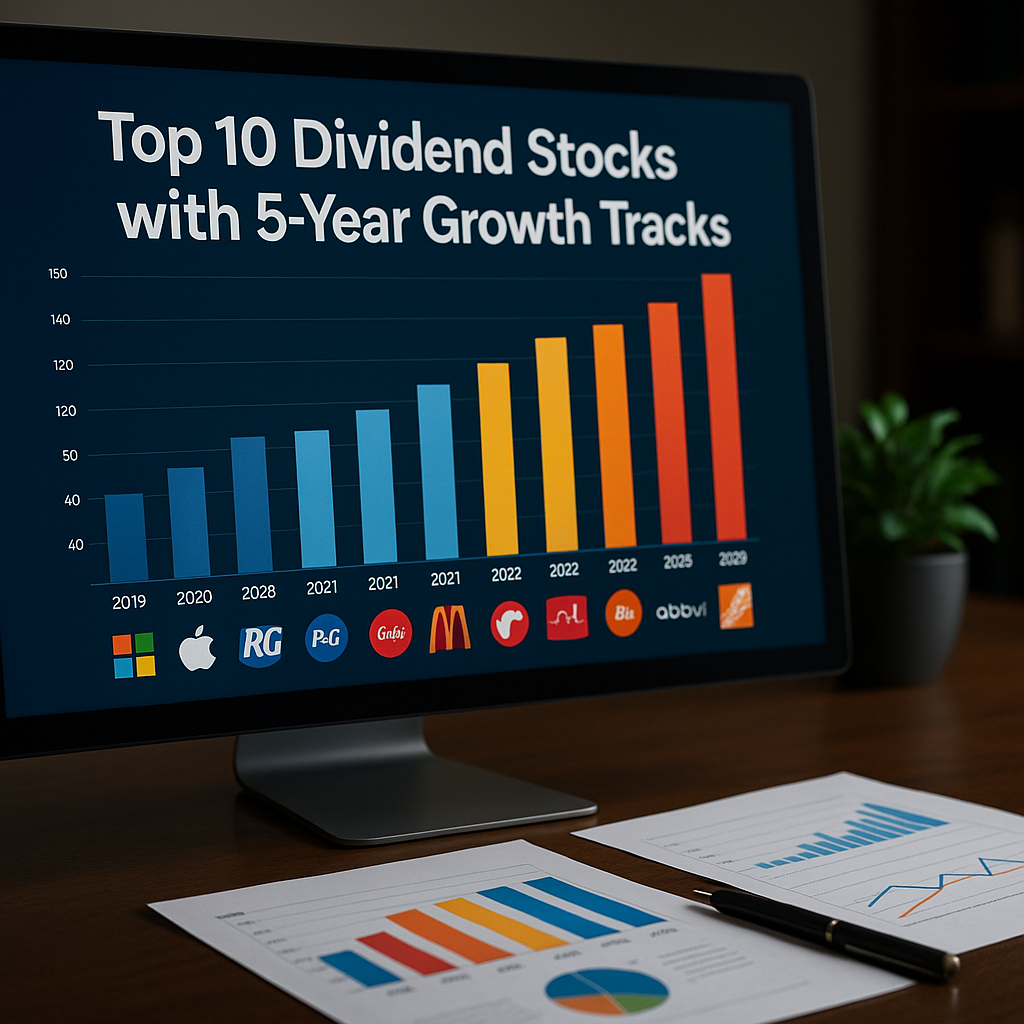The diversification of investments in 2025 in the US is more than just a strategy; it is a necessity for businesses and investors navigating an evolving financial landscape. With interest rates showing signs of decline, cyclical industries and small-cap companies are poised to seize new opportunities.
Lower borrowing costs, a resilient consumer base, and innovation in healthcare and technology are reshaping how portfolios should be structured. This article explores where opportunities lie and how to balance growth with safety in this critical year for investors.
If you are looking to secure long-term financial stability while taking advantage of market cycles, understanding the right diversification strategies is key.
The Economic Landscape of the US in 2025
The US economy in 2025 is marked by moderation. After years of inflationary pressure, the Federal Reserve has signaled a shift towards lower interest rates. This has provided relief for both consumers and businesses, especially those sensitive to borrowing costs.
While growth is expected to be moderate, certain indicators suggest renewed momentum in cyclical sectors. Consumer spending is gradually stabilizing, and credit markets are loosening, giving small and mid-sized companies more breathing room.
For investors, this economic backdrop sets the stage for opportunities in sectors that thrive under lower financing costs and renewed risk appetite.
Why Diversification Matters More Than Ever
Market uncertainty remains, even in a more favorable rate environment. Global supply chain adjustments, geopolitical risks, and technological disruption continue to drive volatility.
This is why diversification of investments in 2025 in the US is essential. By spreading assets across industries, asset classes, and risk profiles, investors can protect against downside risks while positioning for cyclical rebounds.
For small and mid-sized companies, diversification also provides resilience. These firms, often more agile than large corporations, benefit from targeted capital inflows and renewed investor confidence.
Small-Cap and Cyclical Companies: Growth Potential
Small-cap companies and cyclical businesses are at the heart of the 2025 recovery narrative. Historically, these firms respond quickly when rates fall, as their growth is more sensitive to financing conditions.
Industries such as retail, manufacturing, and industrial services are showing renewed signs of strength. With consumers regaining confidence and credit costs declining, small businesses are better positioned to expand operations and capture new market share.
However, risks remain. Smaller firms often face higher exposure to market volatility and external shocks. This makes careful stock selection and diversification across multiple small-cap sectors essential.
Interest-Sensitive Sectors to Watch
Healthcare
The healthcare sector continues to thrive as both a defensive and growth-oriented investment. Innovation in biotech, digital health, and telemedicine is accelerating, fueled by easier access to capital. Startups are particularly well-positioned, with venture funds showing renewed appetite for healthcare innovation.
With an aging population and increased demand for medical solutions, healthcare offers both stability and growth potential for investors in 2025.
Technology
Technology remains at the core of US economic growth. Lower interest rates favor smaller and mid-sized tech firms, which often rely on external capital for scaling. Areas such as artificial intelligence, cloud computing, and semiconductors are showing robust recovery.
Unlike mega-cap tech giants, small firms provide higher growth potential but also higher risk. For investors, diversifying across both established leaders and emerging innovators ensures balance.
Strategic Asset Classes for 2025
A well-diversified portfolio in 2025 should not rely solely on equities. With falling interest rates, bonds are regaining attractiveness, particularly investment-grade debt and municipal bonds.
Real estate investment trusts (REITs) offer another layer of diversification, especially in sectors like logistics, healthcare real estate, and data centers. Lower financing costs improve profitability and attract capital flows back to the property market.
Alternative investments such as private equity, venture capital, and commodities provide further protection against inflationary spikes and add long-term growth drivers to portfolios.
Risk Management in a Changing Market
Even with more favorable monetary conditions, risk management remains critical. Investors should not assume a linear recovery, as geopolitical shocks and unexpected inflationary pressures could disrupt markets.
Hedging strategies, such as using options or commodities, provide downside protection. Geographic diversification—spreading investments across the US and global markets—also enhances stability.
Balancing growth assets like equities with safer instruments such as bonds and treasuries helps investors withstand volatility while capturing upside potential.
Building a Diversified Portfolio for 2025
Portfolio construction in 2025 should be guided by flexibility. A balanced mix of equities, bonds, real estate, and alternatives can maximize returns while reducing concentration risk.
Small investors and business owners can follow a simple model: allocate a base of safe assets, such as bonds and treasuries, while layering in cyclical equities and growth sectors like healthcare and technology.
For those with higher risk tolerance, private equity and venture capital exposure can unlock long-term gains, provided allocations remain within prudent limits.
Final Insights for Smart Investors
The diversification of investments in 2025 in the US is not just about spreading capital; it is about anticipating where opportunities and risks align with the economic cycle. With lower rates, small-cap companies, healthcare, and technology stand out as strong contenders.
However, a resilient portfolio must also include bonds, real estate, and global diversification. Flexibility and adaptability remain the cornerstone of success.
For investors willing to balance growth with caution, 2025 offers a rare window to rebuild and strengthen portfolios for long-term prosperity.
